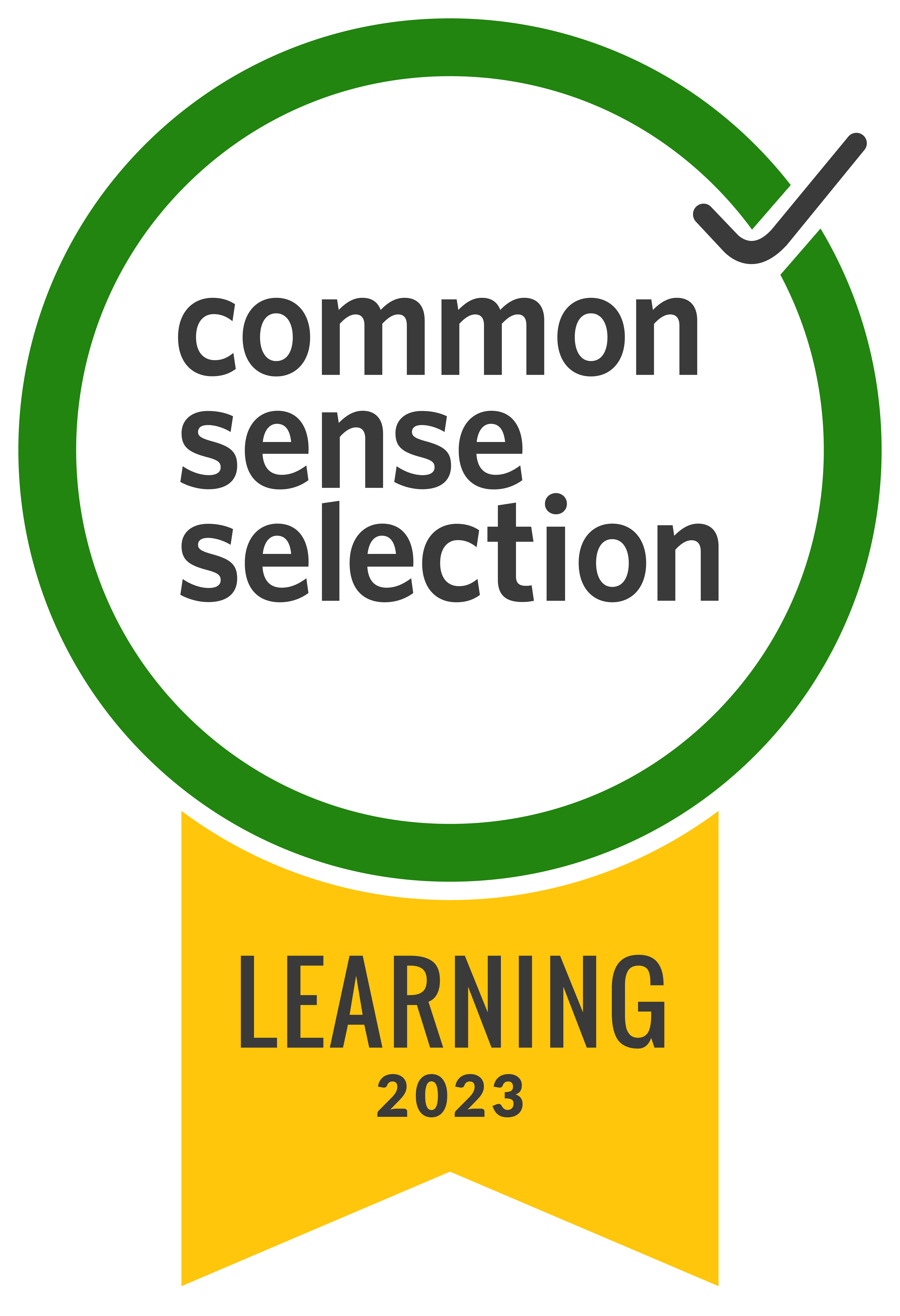Videos are being used more widely in the classroom. This is great news! The use of video in the classroom is linked to increased motivation and student engagement.
But, for students who are deaf or hard of hearing, videos without appropriate subtitles could represent a challenge. For educators, the Individuals with Disabilities in Education Act (IDEA) requires classrooms to be made accessible for all students.
Adding captions can be helpful for all students. Watching videos complete with closed captioning has been linked to an increase in fluency, decoding, and comprehension.
Luckily, adding captions to Screencastify videos is extremely easy to do. And listen below to see how else Screencastify simplifies teachers' lives!
Add Captions in Google Drive
- Create a transcript file
- Go to Google Drive and click on the video you’d like to add captions to
- Click on the menu on the top right and select “Manage caption tracks”
- Click “add new caption tracks” and select your transcript
- Upload your transcript
Add captions on YouTube
- Visit your Video Manager
- Select the video you’d like to add captions to
- In the sidebar menu, click “Other Options” and then “Translation and transcription”
- Select “Add new subtitles or CC”
- Select “Create new subtitles or CC” (Selecting this option allows you to edit the auto-generated content from YouTube)
Note: Publishing a Screencastify video to YouTube is simple and can be done from the “My Recordings” page.
Looking for more tips on how to improve your Screencastify videos? Check out our Twitter.
.svg)



